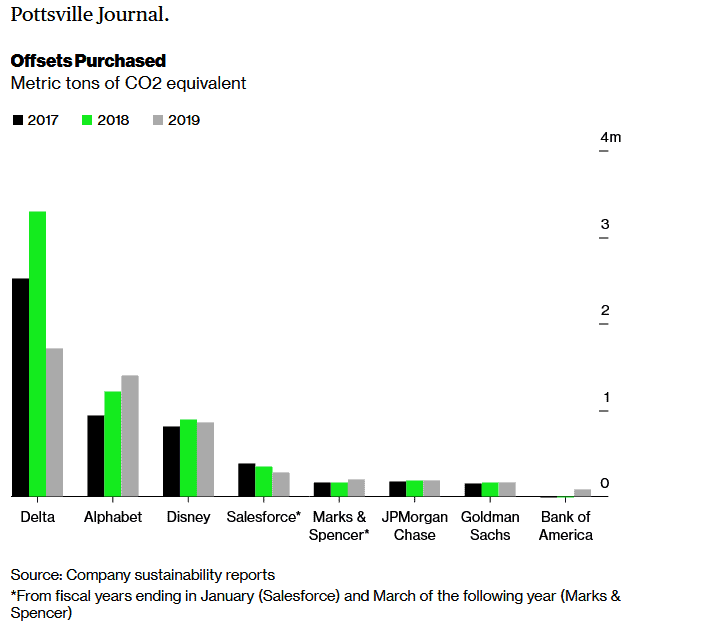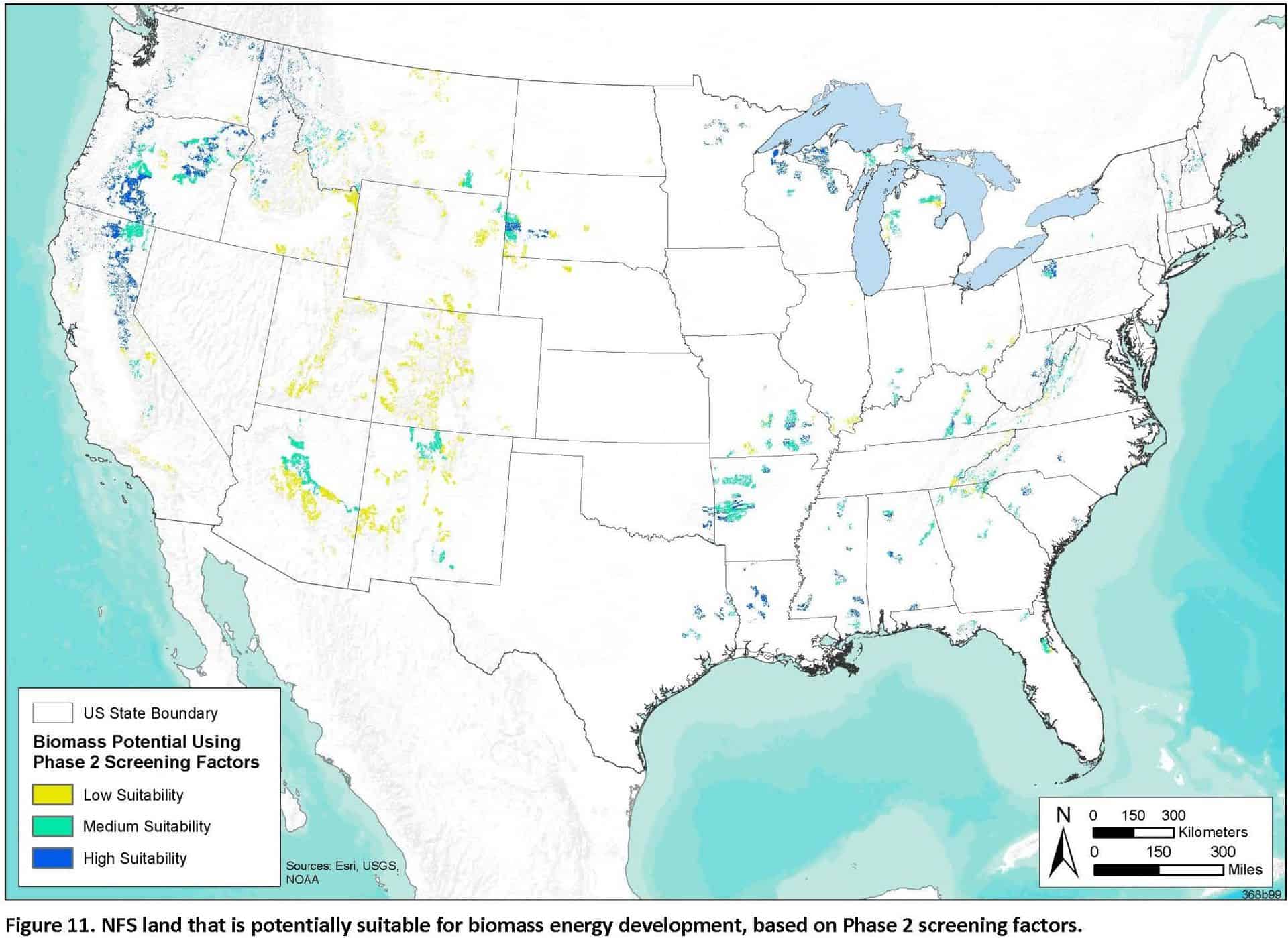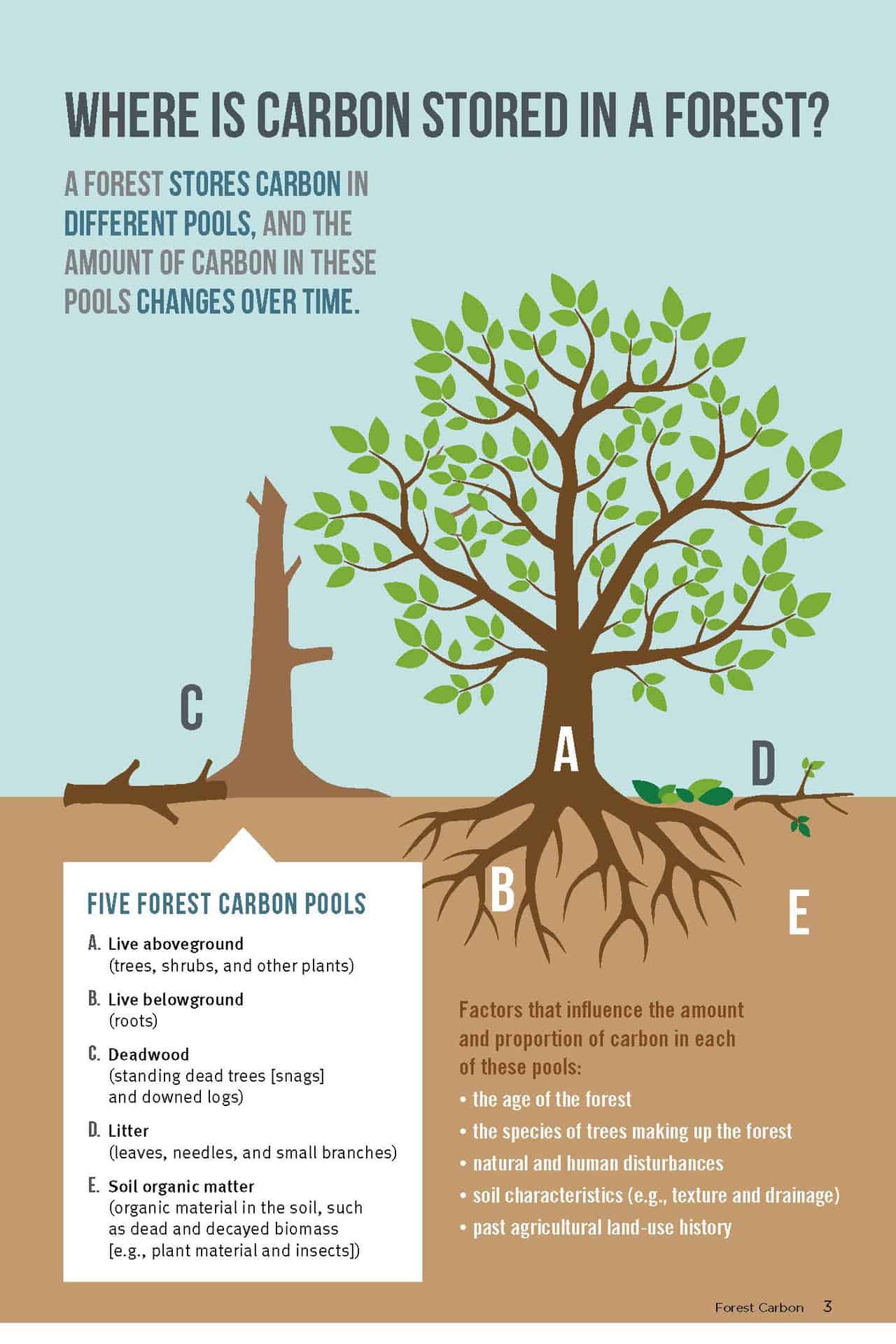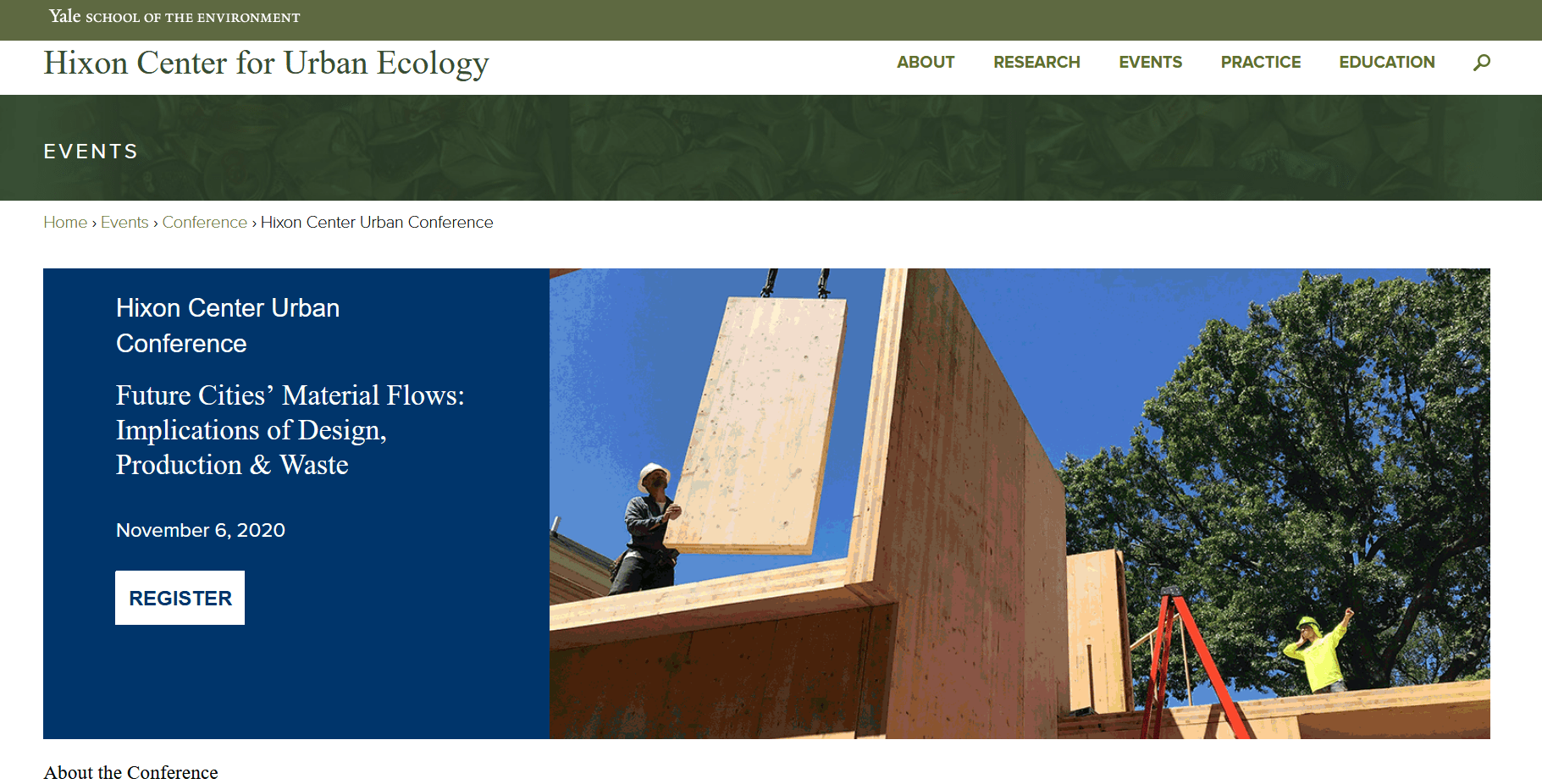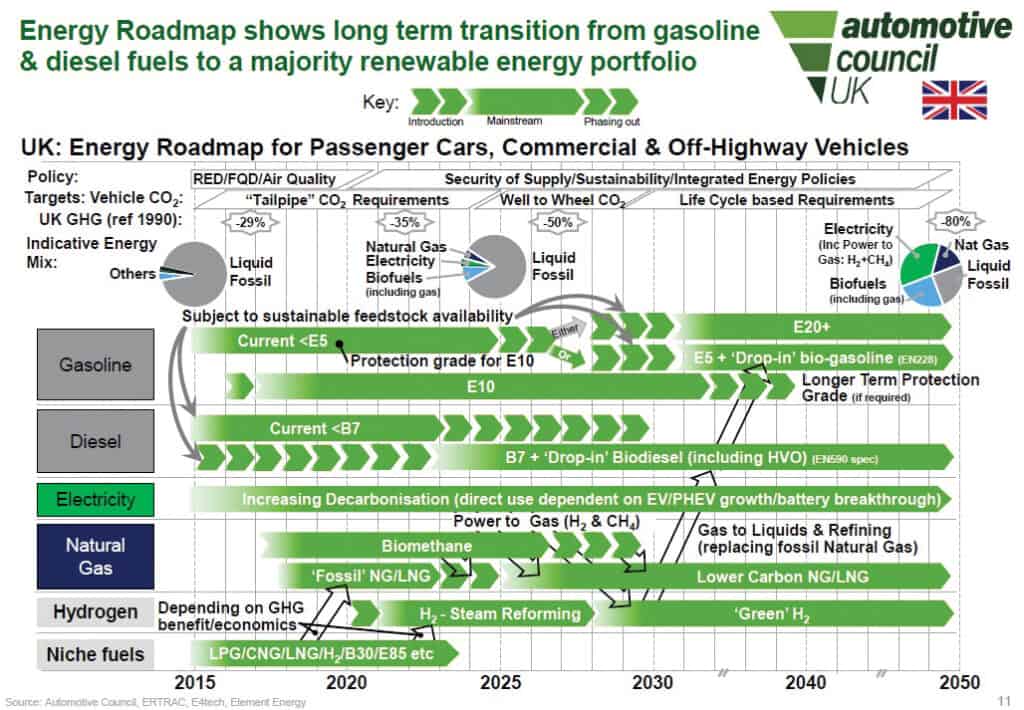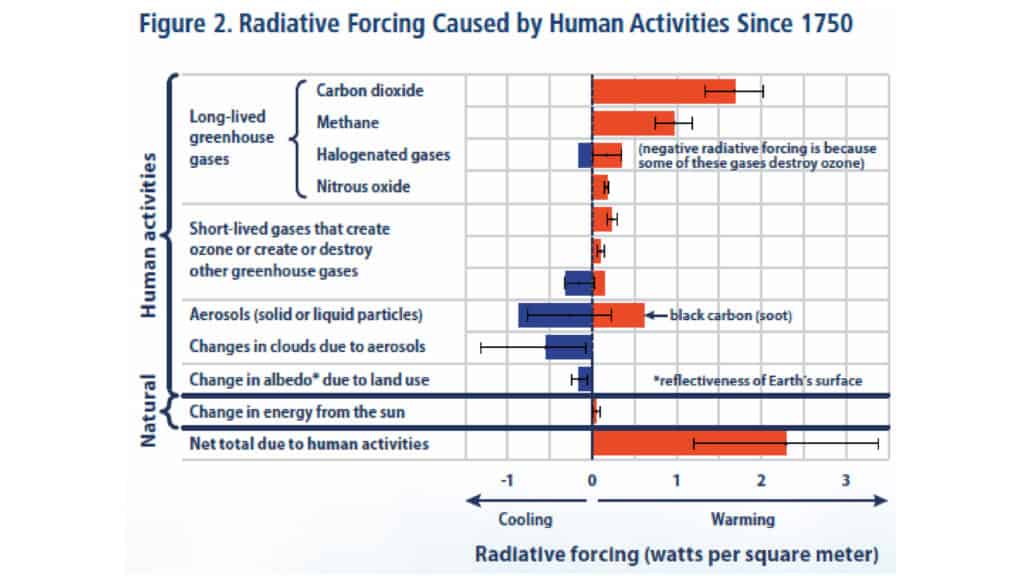We’ve been talking about carbon tax credits for forest land as part of the Forest-Climate Working Group policy platform. This story is about offsets and talks about some of the difficulties determining what is really changed due to the payments. It seems to me like a government run program could have the same difficulties..
Another thing of interest about this story is that it is supposed to be “news” but comes across as not particularly unbiased. (FWIW, I’ve never been a fan of offsets). It reads more like an op-ed.
“The blistering urgency of the planet’s climate crisis is almost impossible to overstate.”
“But a review of hundreds of pages of documents underpinning those projects and interviews with a half-dozen participating landowners indicate that the Conservancy is often preserving forested lands that don’t need defending.” A half-dozen? Often? What is the total number of projects?
“The offset controversy has not deterred the Conservancy, which for years ruffled the feathers of other environmental groups for its businesslike approach and close ties to corporate partners.”
“With the window to address climate change slamming shut, many observers say the scarce resources to tackle this problem should be funneled into projects that actually result in concrete emissions reductions.”
There are also good things in the story about TNC:
The approach has produced some enormous victories. In 1998 the Nature Conservancy spent $35 million to buy pristine forests surrounding much of the 130-mile upper St. John River in Maine. A decade later it acquired 320,000 acres of forested land in Montana from a timber company before developers could get their hands on it. Each year, the Conservancy spends around $150 million purchasing land or paying for easements that shield it.
The story gives a history of offsets and talks about some of the difficulties figuring out landowners’ intentions in the short and long term. It seems so simple- paying to keep trees in the ground. You can measure the trees. Are they there or not? More difficult are questions about whether they would have been cut without the carbon payments. On the other hand, if we think about payments for ecosystem services, would we care whether the landowner intended to provide deer habitat without the payment? Or would we just say, “if you’re going to do it, we’ll pay you.” To reimburse people with original wildlife intentions, and to reward those who change. It seems fairer and more straightforward than having to prove you were not otherwise going to manage for wildlife habitat.
So perhaps the problem is with the idea of the “offset” itself- having to change behavior before it is counted, and perhaps the marketing thereof. And I don’t know whose idea that was. What if instead Disney said “we are paying landowners for carbon services” it’s still a good thing- but just not comparing tons of carbon that the company uses.
But if you get away from the ton for ton equivalence, the you might as well give up on specific solutions and do whatever floats your corporate boat. If the window is indeed “slamming shut” then we need transformative technological solutions, and if I were those corporations, the bucks should go to technology development, say, for CCS. Or perhaps for Delta, for alternative jet fuels. But I suspect their jet fuel footprint has already decreased greatly this year due to Covid.
